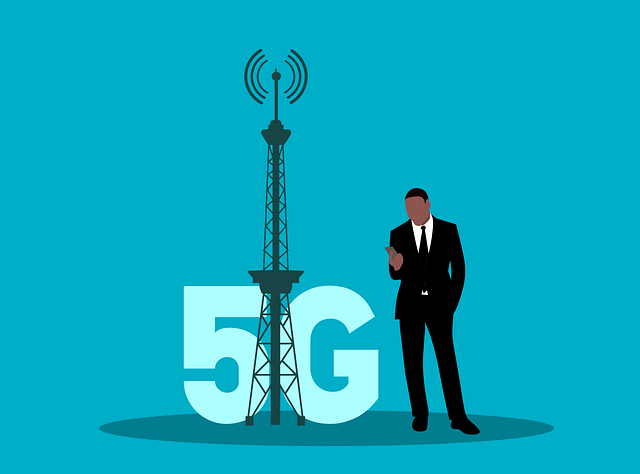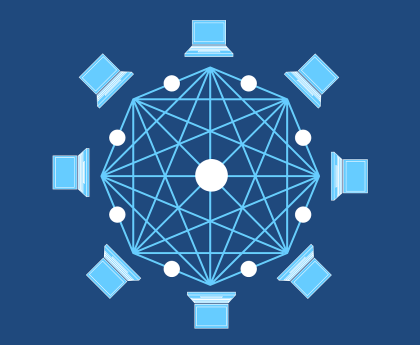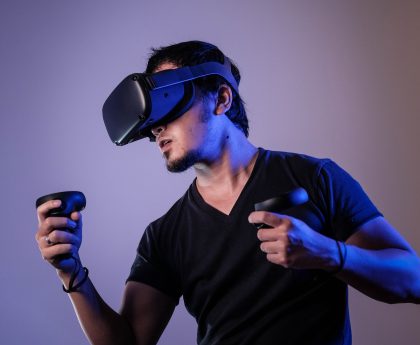5G Connectivity in Education: Revolutionizing Learning in the Digital Age
In today’s digital age, the world of education is undergoing a profound transformation, and at the forefront of this revolutionis 5G connectivity. As we delve into the potential of this cutting-edge technology, our article, “5G Connectivity in Education: Revolutionizing Learning in the Digital Age,” explores how this high-speed, low-latency network is reshaping the landscape of education.
From enabling immersive virtual classrooms to fostering real-time collaboration, join us on a journey to discover how 5G is unlocking new horizons in the pursuit of knowledge and creating a more engaging and effective learning experience for students of all ages.
Better remote education
5G technology has revolutionized remote learning by enabling high-quality video conferencing, virtual classrooms, and remote collaborationtools, thereby increasing the effectiveness and engagement of distance education.
First, 5G’s remarkable speed and low latency ensure seamless video conferencing. It allows students and teachers to interact in real time with crystal-clear audio and high-definition video, promoting a more immersive learning experience. It enables students to actively participate, ask questions, and engage in discussions as if they were physically present in the classroom.
Secondly, 5G-enabled virtual classrooms offer advanced features such as augmented and virtual reality (AR/VR). These technologies create immersive learning environments, allowing students to explore complex subjects more interactively and engagingly. For example, students can virtually dissect a frog or visit historical sites, making learning fun and memorable.
Finally, 5G facilitates robust remote collaboration tools, group projects, and teamwork between students. Cloud-based applications and file sharing become lightning-fast, ensuring effective collaboration even when team members are geographically dispersed.
More interactive learning
5G technology is triggering a profound transformation in education by enabling interactive and immersive learning experiences. With its exceptional speed and low latency, 5G unlocks the potential of augmented reality (AR) and virtual reality (VR) applications, revolutionizing learning.
Adding AR and VR to the educationallandscape, 5G facilitates interactive simulations and real-world experiences. Students can virtually explore historical events, dissect virtual organisms, or travel to distant planets, making complex subjects more accessible and engaging.
Additionally, 5G-enabled AR and VR applications promote collaboration between learners, whether they are in the same classroom or miles apart. This connectivity ensures that students can seamlessly interact with their peers, instructors, and learning materials, enhancing their understanding and retention of knowledge.
In summary, 5G’s support for interactive and immersive learning content through AR and VR is paving the way for a dynamic and engaging learning environment, where students can immerse themselves in their subjects, and actively participate. can, and gain a deeper understanding of complex concepts.
Access to educational resources
5G technology makes accessing online libraries, digital books, and educational apps much faster and easier for students and teachers. This helps create a more level playing field in education.
For students, this means they can download digital textbooks and access online resources without long waits. This is a huge help for those who may have had difficulty accessing physical books or resources.
Teachers also benefit as they can quickly find and share educational content, making their teaching more engaging and up-to-date.
Simply put, 5G makes it easier for everyone to access online educational content. This raises the level of education, allowing more people to learn and teach effectively.
Advanced and unique teaching methods
5G technology is revolutionizing education by enabling innovative teaching methods that were once unimaginable. Its high-speed, low-latency capabilities open up a world of possibilities, including live-streamed expert lectures, virtual field trips, and personalized learning experiences tailored to individual students.
Live-streamed expert lectures are now accessible to students globally. Renowned experts and guest speakers can deliver real-time interactive lectures in classrooms around the world. It enriches the educational experience by exposing studentsto diverse perspectives and cutting-edge knowledge.
Virtual field trips, powered by 5G, transport students to distant places or historical periods without leaving the classroom. Through immersive technologies such as augmented reality (AR) and virtual reality (VR), students can explore ancient civilizations, dissect virtual organisms, or observe scientific phenomena up close, making learning engaging and memorable. can be made
Personalized learning experiences are another game changer. 5G enables the collection and analysis of vast amounts of data, allowing teachers to tailor lessons to the individual needs of students. Adaptive learning platforms use real-time data to deliver customized content to students, ensuring they move at their own pace and grasp concepts more effectively.
Finally, 5G’s support for innovative teaching methods, from expert lectures to virtual field trips and personalized learning, ushers in a new era of education. These methods promote engagement, engagement, and personalized learning, ultimately enhancing the quality of education for students and teachers.
Conclusion
In summary, 5G connectivity has revolutionized education, making it more engaging, accessible, and personalized. It has bridged geographic gaps, enabled immersive experiences, and empowered educators. However, it is important to ensure equal access. 5G is shaping a dynamic education landscape for the future, promising to benefit students from all backgrounds.





0 Comments